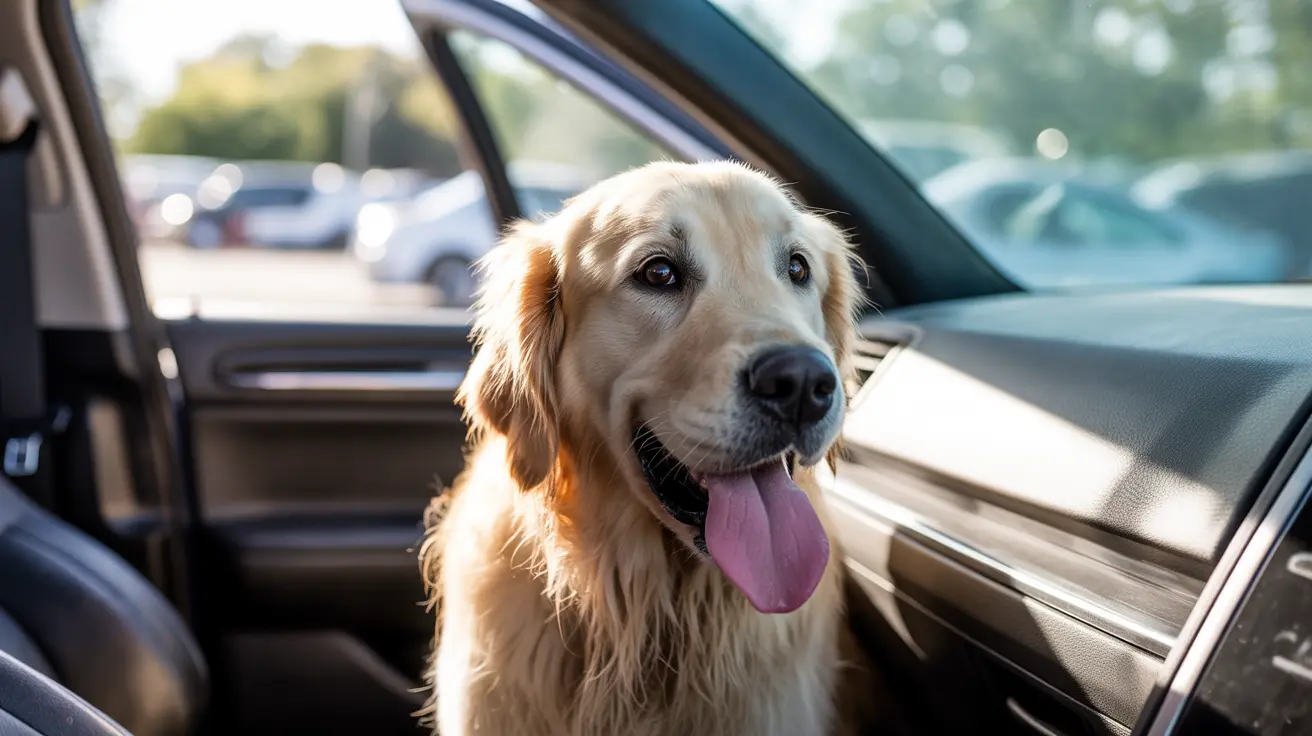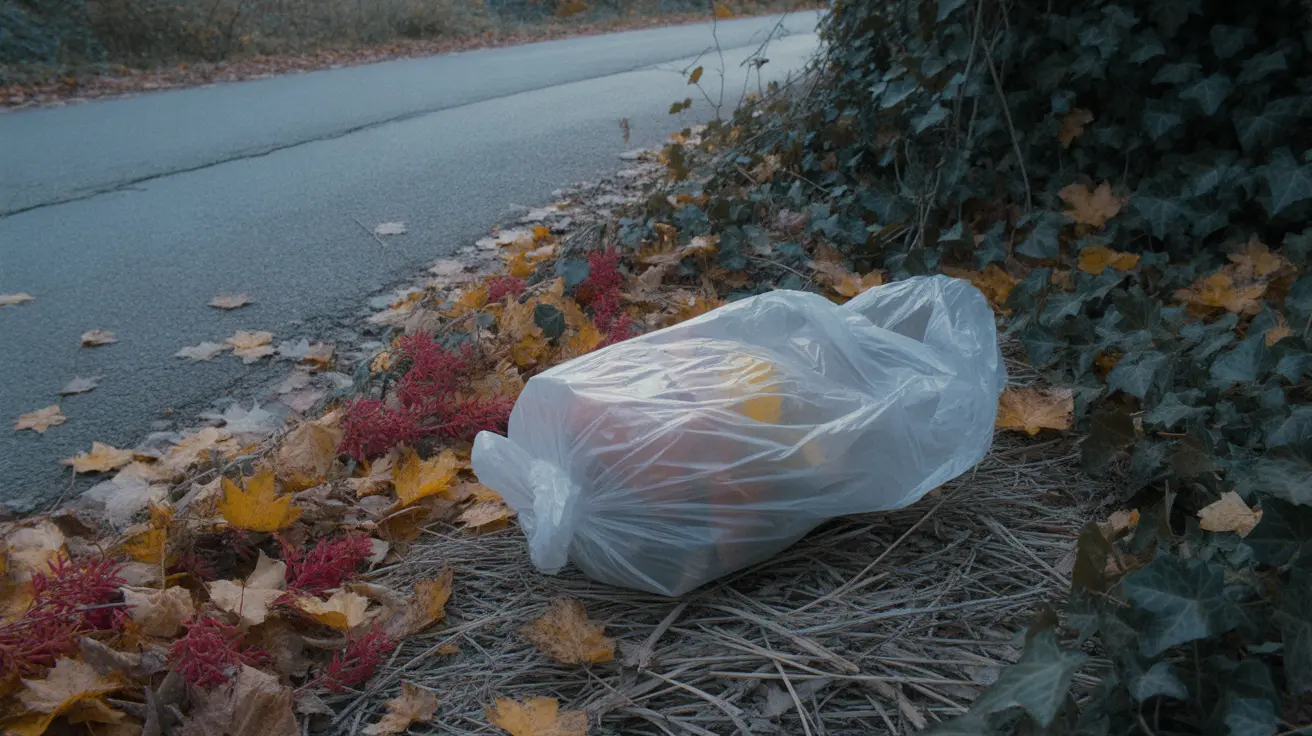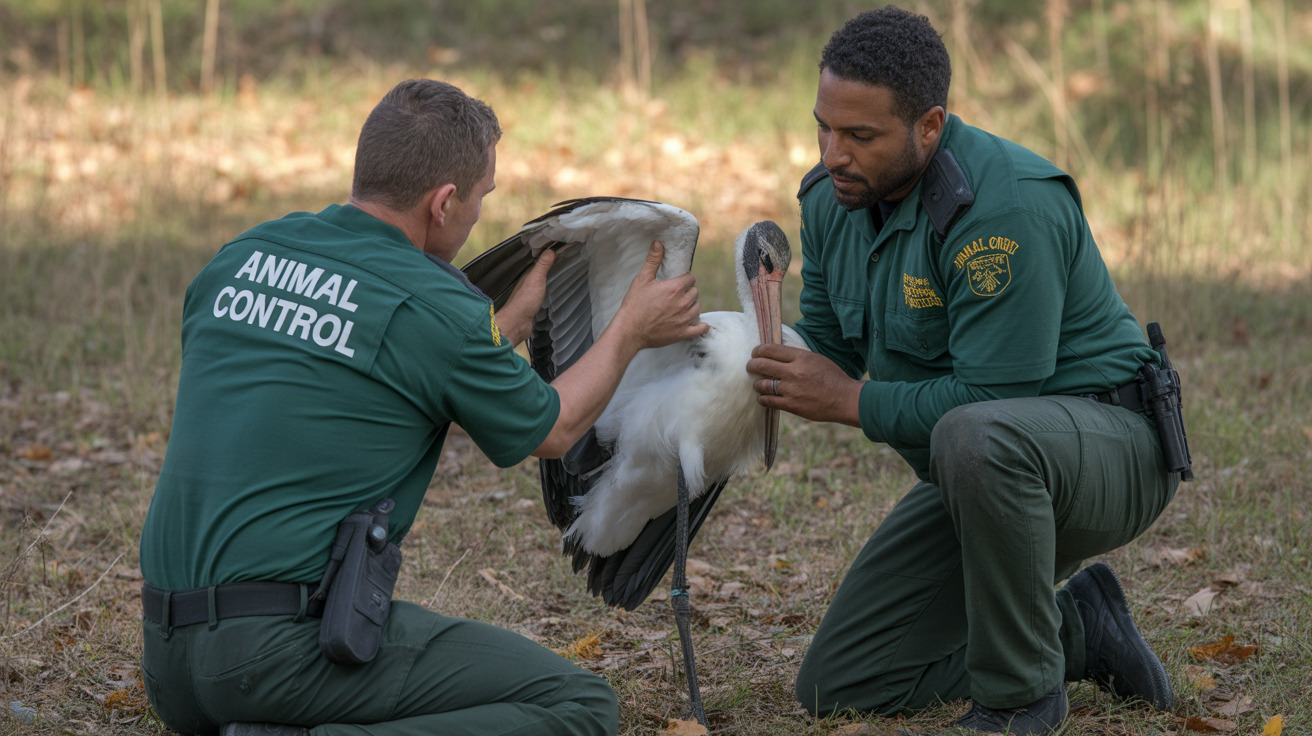Understanding Why Your Dog Holds a Blanket and Kneads
Have you ever walked in on your dog holding a blanket in his mouth while gently kneading it with his paws? This seemingly cute and curious behavior may leave many pet parents puzzled. Yet, this act is deeply rooted in your dog's instincts and emotions. From comfort-seeking to health-related reasons, understanding this behavior can help you ensure your dog is both happy and healthy.
Common Reasons Behind Blanket Holding and Kneading
- Comfort and Self-Soothing: Dogs often engage in this behavior as a way to comfort themselves. It is especially common in dogs that were separated from their mothers early. The kneading motion and holding something soft in their mouth mimics nursing, a deeply ingrained source of comfort from puppyhood.
- Stress and Anxiety: Changes in the environment, absence of their owner, or loud noises can make dogs anxious. In response, many will seek comfort in the repetitive motion of kneading and mouthing a blanket.
- Boredom: Dogs lacking sufficient mental or physical stimulation may adopt this behavior out of boredom. Holding and kneading a blanket becomes a coping mechanism in the absence of engaging activities or human interaction.
- Attraction to Scents: Dogs have an acute sense of smell and may be drawn to blankets that smell like their owner. Your scent is an emotional anchor for your dog, especially during times of separation.
- Medical Conditions: Sometimes, underlying health issues such as nausea, gastrointestinal distress, or dental pain can prompt dogs to mouth or chew on soft objects. In older dogs, cognitive issues like dementia can also result in repetitive behaviors.
- Habit Formation: Over time, if a dog finds the act of kneading or mouthing pleasurable or comforting, it can become a habitual behavior, even when the original cause is no longer present.
- Learned Behavior: If a dog realizes that this behavior attracts attention—positive or negative—they may continue doing it for interaction.
How to Respond to This Behavior
Diverse motivations call for varied responses. Here are some strategies:
- Meet Emotional Needs: Offer your dog plenty of affection, especially if they show signs of anxiety or attachment. A comforting routine can go a long way.
- Increase Mental and Physical Stimulation: Provide activities like fetch, hide-and-seek, puzzle toys, and training sessions to keep boredom at bay.
- Ensure Proper Nutrition: A balanced diet is crucial. Nutritional deficiencies can manifest through unusual behaviors. Consult your vet to confirm dietary needs.
- Clean the Blankets Regularly: Removing any lingering scents or crumbs can reduce attraction to the fabric, limiting mouthing driven by scent or taste.
- Use Dog-Safe Deterrents: If necessary, you can apply bitter-tasting sprays to discourage licking or chewing. Always opt for products safe for dogs.
- Teach Alternatives Through Training: Positive reinforcement and commands like “leave it” can help redirect their blanket kneading into more acceptable behaviors.
- Create a Calming Environment: Comfortable sighs such as a crate with soft blankets, white noise, or toys that simulate a heartbeat can ease anxiety.
- Monitor Health: If this behavior is excessive or new, especially in older dogs, consult a vet to rule out medical causes. Behavioral changes can be the first sign of physical discomfort.
When to Seek Professional Help
If your dog obsessively kneads or mouths blankets for extended periods, shows signs of distress, begins doing it suddenly, or if this behavior is accompanied by symptoms like vomiting, loss of appetite, or lethargy, it's time to consult with a veterinarian. If no medical issue is diagnosed, a certified dog behaviorist may help in modifying repetitive or compulsive behavior.
Key Takeaways
- Dogs knead and hold blankets due to emotional, behavioral, or medical reasons.
- Providing stimulation, comfort, and medical care are essential in addressing this habit.
- Behavioral training and altering the environment can reduce blanket-mouthing urges.
- Stay attentive to changes, as they might signal deeper emotional or physical issues.
By observing and understanding your dog’s unique cues, you can respond effectively and compassionately, ensuring their well-being and strengthening your loving bond.





